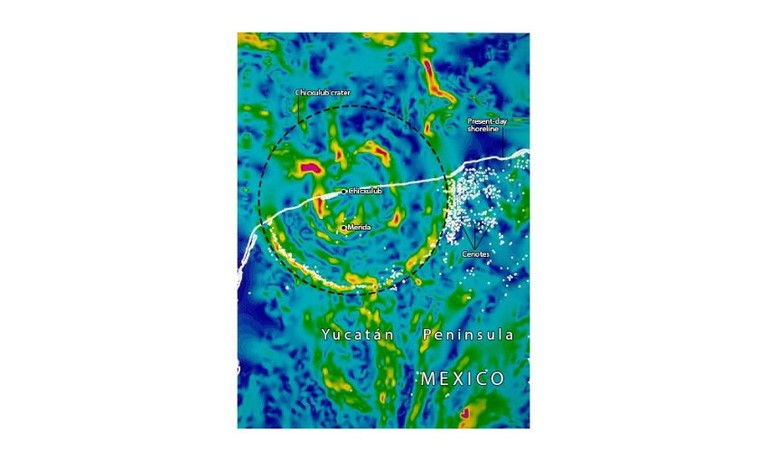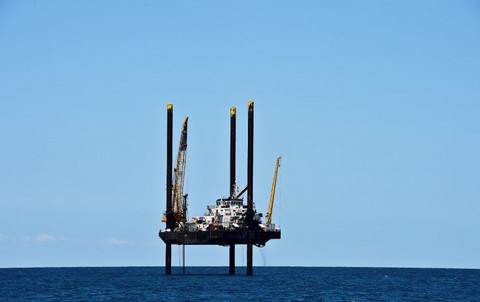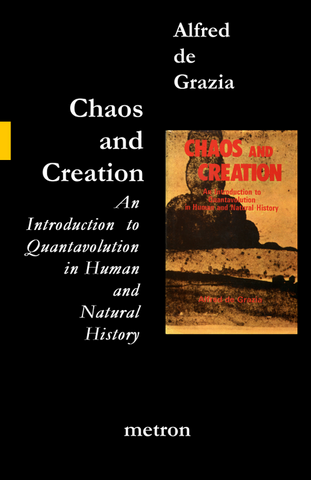The latest on Chicxulub
From the annual meeting of the American Geophysical Union (AGU) in New Orleans, the state of research on the Chicxulub impact which extinguished the dinosaurs.

Fourteen kilometers, as the crow flies – that will bring you from about the tip of Manhattan to Brighton Beach, Brooklyn. That’s about the diameter of the meteorite the impact of which drastically changed life on Earth, some 66 million years ago.
Doesn’t seem that big, after all ? Well, some three-quarters of the species then living on the planet did not survive the event. The dinosaurs – probably already in decline - gone! Lizards and snakes ? Almost all gone. Ammonites ? extinguished. This was also a consequence of the meteorite hitting precisely where it hit.
« It was decidedly a very unfortunate spot for this to happen, » according to geophysicist Sean Gulick from the University of Texas at Austin.
The meteorit crashed into Earth in the area of the Mexican peninsula of Yucatan with a speed of ca 72,000 kilometers/hour, at an angle of 60°. Such are, at least, the estimates at present. With the force of hundreds of Hiroshima atom-bombs, it triggered a global catastrophe of inimaginable scope. Deadly consequences for life on Earth came among others from gigantic sulfur clouds which spread in the atmosphere after the impact.
At the annual meeting of the American Geophysical Union (AGU) at New Orleans, a team of scientists gathered around Gulick and Joanna Morgan of Imperial College, London has been reporting on the newest results of research into the so-called Chicxulub-event.

"By drilling on ‘Ground Zero' we are also able to understand how life came back, » says Gulick.
Drilling was conducted to a depth of 1,335 meters below sea bottom, at a very specific spot near the middle of the crater : the impact of the Chicxulub meteorite created not only an enormous ring around the outside crater, but also another one in the center. This is the spot at which the impact had occurred with mind-boggling force. The surface was crushed inward to a depth of up to 30 kilometers. « Rocks behaved under such a pressure like a liquid, » says Gulick. A gigantic fountain of rock shot towards the sky and then fell back upon itself. It left a 400meter high so-called peak-ring inside the crater, and this is where the scientists started drilling.
But instead, the crash liberated the devastating sulfur. Scientists around Julia Brugger of the Potsdam Intitute for Climatology posit that the atmosphere cooled by an impressive 26 degrees Celsius. It lasted at least three, possibly as much as 16 years, when the global average temperature would have remained below the freezing point. Even in the tropics, it would have been barely five degrees celsius. It should have taken aroud 30 years for the situation to return to something even remotely resembling normality.
Meanwhile, the plants were dying, followed by the animals. Scientists are talking about the Cretaceous-Paleogene boundary (formerly the Cretacious-Tertiary boundary), the beginning of the Cenozoic. Brugger and her team assumed a mass of sulfur of 100 gigatons. But according to the latest research undertken by Morgan and her colleagues, it amounted to more than three times as much, at around 325 gigatons.
Large amounts of carbondioxyde were also released, which have been lately evaluated at ca 425 gigatons. Yet their heating effect upon the Earth’s atmosphereb set in only protractedly, whereas the cooling action of the sulfur started immediately. In turn, the CO2 acidified the world oceans, which brought about an additional setback for life on Earth.
The monstrous forces to which so many species fell victim also made a fast return of life possible. Morgan and Gulick make this clear. In the cores, scientists found surprisingly porous granite with a relatively low density. Their water content being ten times higher as is the case with granite generally. Of particular interest is an 80 cm thick layer in core number 40. The rock is at present 617 meters below the sea bed. It stems from the time directly after the catastrophe.
Scientists assume that simple life forms started to colonize the crater shortly after the impact. They may have arrived there carried in by sea water. The crater ring collapsed on its northeastern side within minutes, due to the low angle of impact of the meteorite, and it made place for the ocean.
According to scientists, the newcomers were supplied with heat from the Earth's interior by the hydrothermal cycle.
« We find life again in the crater right away , » says Gulick.
The warm water provided nourishment for microbes – for hundreds of thousands of years. Even to this day, microorganisms are found in varieties and numbers above average in the rock cores, according to his colleague Morgan. They are presently being analyzed genetically, to determine their precise nature.
And what happened to the meteorite? Through the force of the impact, it was presumably molten in tiny fragments which can be recognized the world over. In the cores of Chicxulub, the researchers found telltale traces of metal. Four labs around the world are presently studying these samples. The experts must determine if the metals are perhaps a left-over of the impactor, or if they were created in the hydrothermal system, in which life dared a restart so shortly after the catastrophe.
In short : the Cenozoic started with a mighty ctastrophe – the impact of a 14km diameter meteorite in the area of Yucatan. The crash killed plants and animals worldwide. But new research in rock layers deep below the sea bottom is showing how quickly new organisms resettled the spot of the impact.
Christoph Seidler
Der Spiegel, December 15, 2017
Translated from the German by Anne-Marie de Grazia


